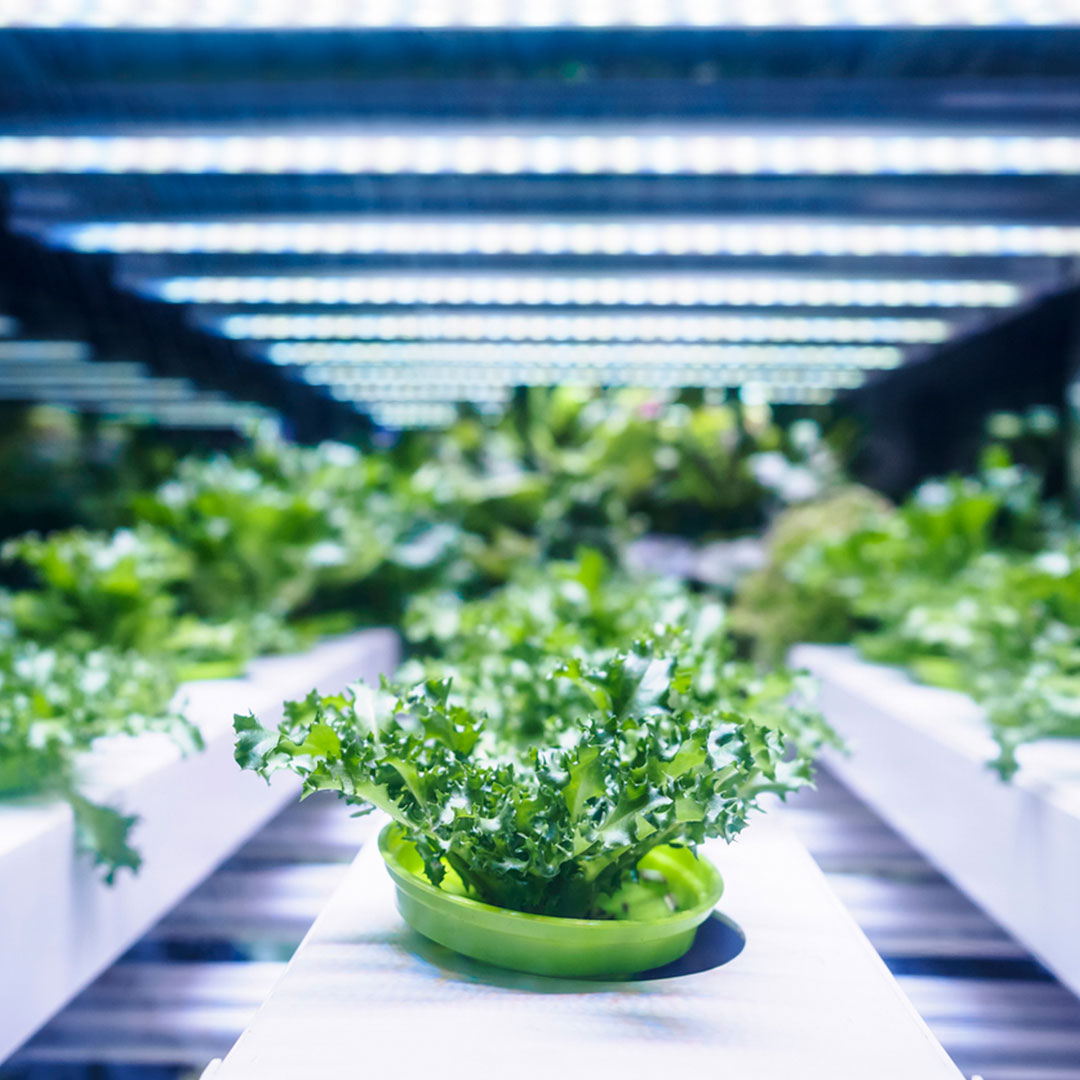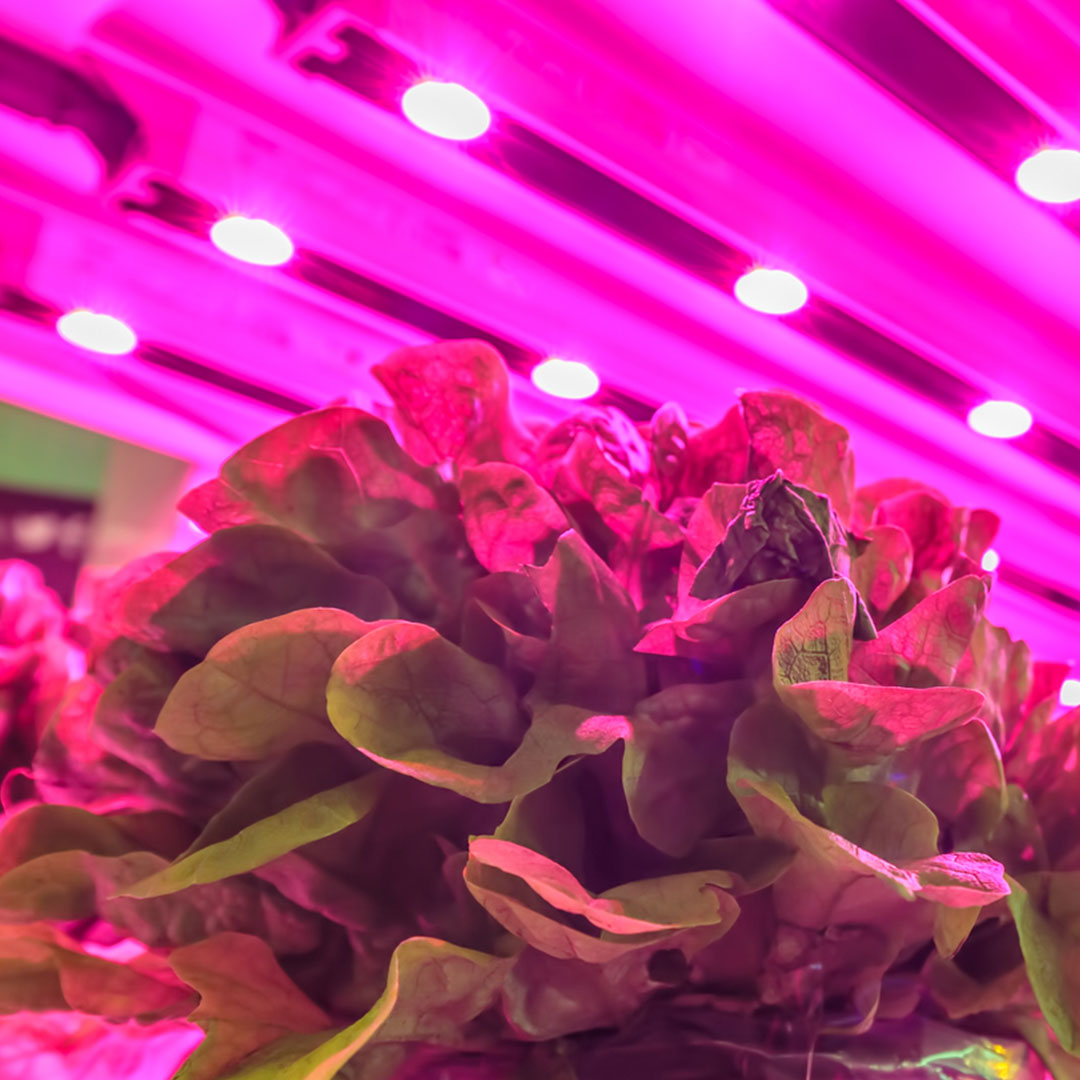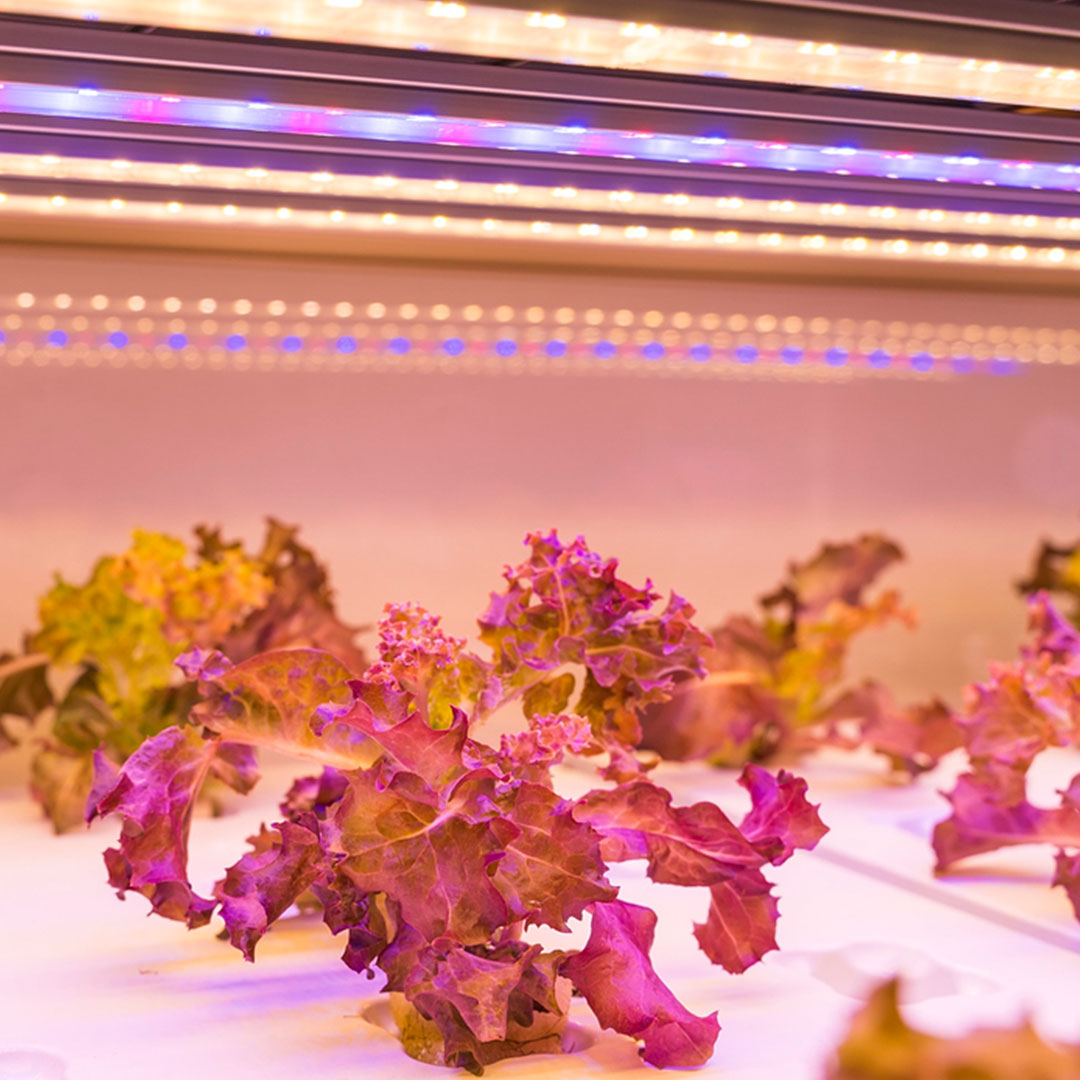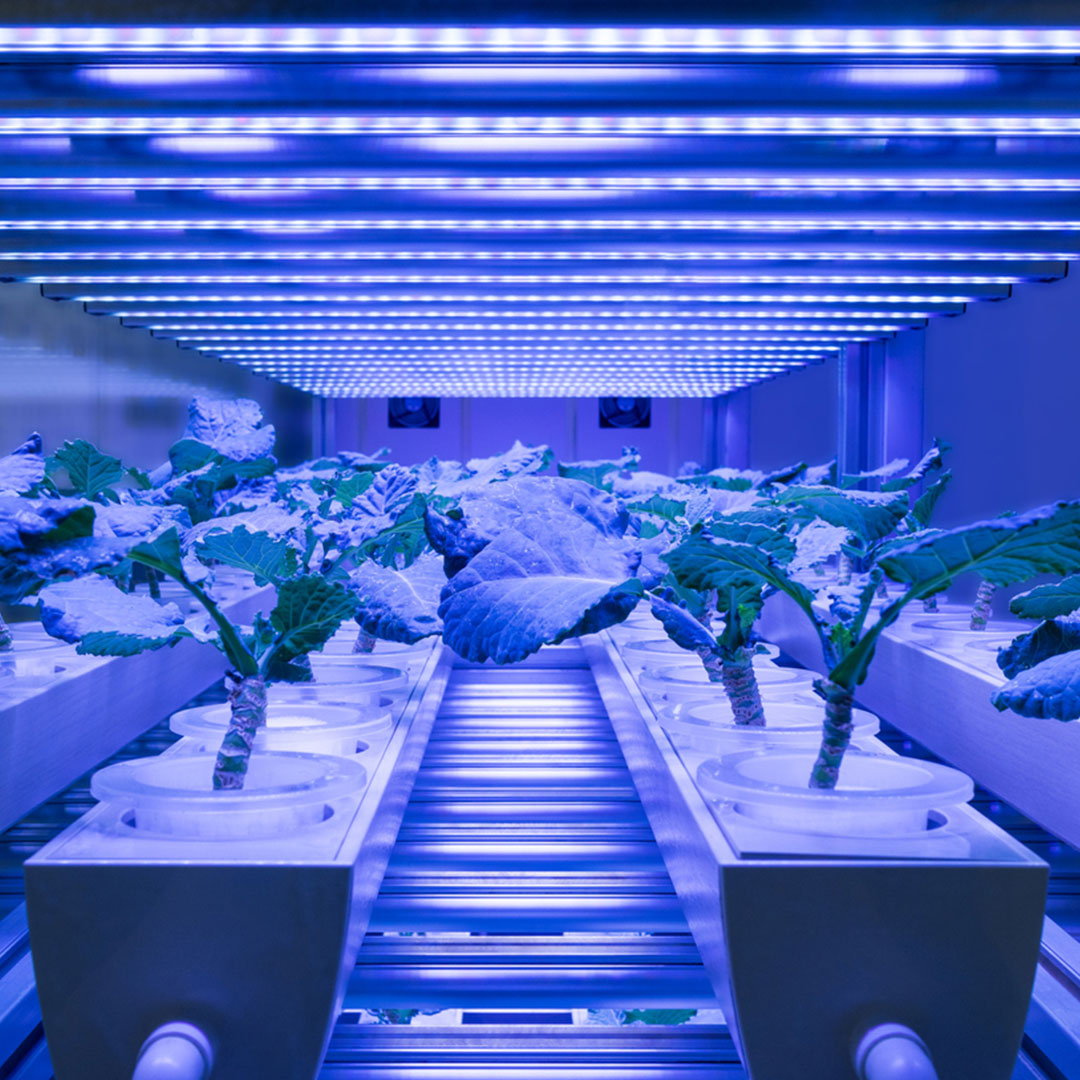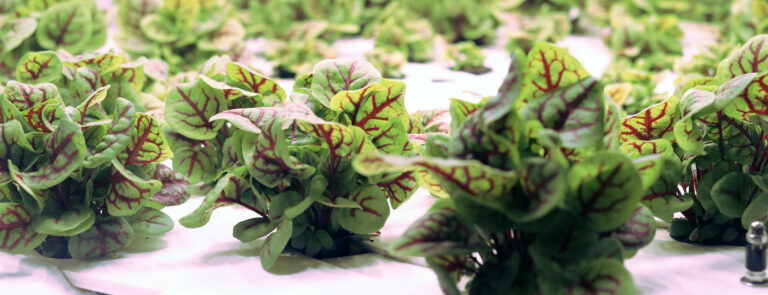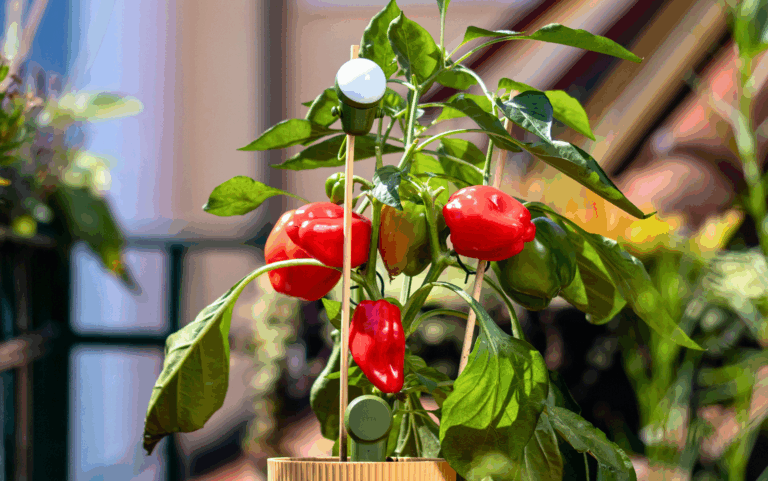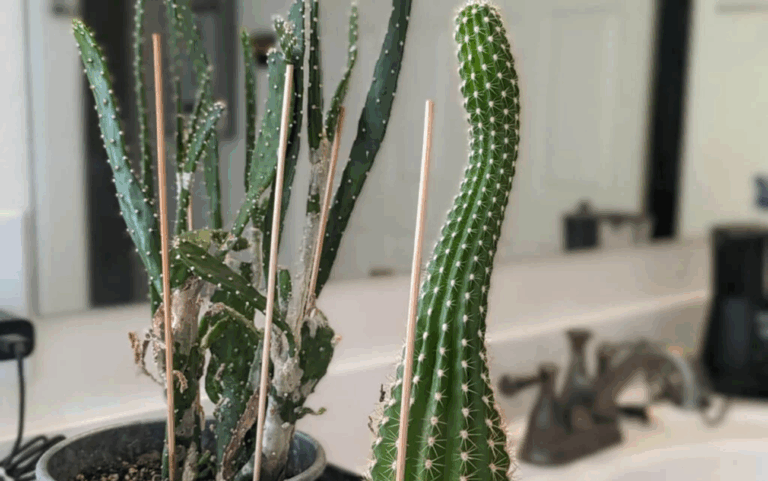The Best Light for Your Plants

Light has a significant impact on a plant’s potential to grow. Finding the right light, intensity, and color is easy, but only with the right device. Here’s why lux devices can get it wrong and how to measure which light will work best for you and your plants!
If you’ve ever seen a rainbow, you may know that light isn’t just white, even though we usually perceive it that way. Light is energy in the form of electromagnetic radiation that propagates in waves. Light’s color is determined by its various wavelengths.
When photons, particles of energy contained in light, strike a surface, they are absorbed or repelled. Plants mainly absorb red and blue light and reflect green, which is why they appear green to us.
- Blue (400 to 500 nanometers): Lots of blue light promotes bushier growth. The plant branches out and stays smaller, but it can also make the stomata open wider. Their metabolism speeds up, promoting development and growth.
- Green (500 to 560 nm): Green light is mainly reflected and has a low photosynthesis rate.
- Yellow (560 to 600 nm): Yellow light, especially warmer tones, can be partially absorbed and thus used more efficiently.
- Red (600 to 770 nm): Efficient photosynthesis –> yes please! This light is the most efficient. A lot of red light not only creates a mood but promotes length growth. This means plants grow tall and long, but with exclusively red light you may find weak shoots.
Lumen, Lux, Par: What matters to your plant?
There are several ways to measure light intensities, but not all of them cover the whole spectrum of the rainbow. Different measurement techniques are helpful depending on whether you’re talking about people or plants.
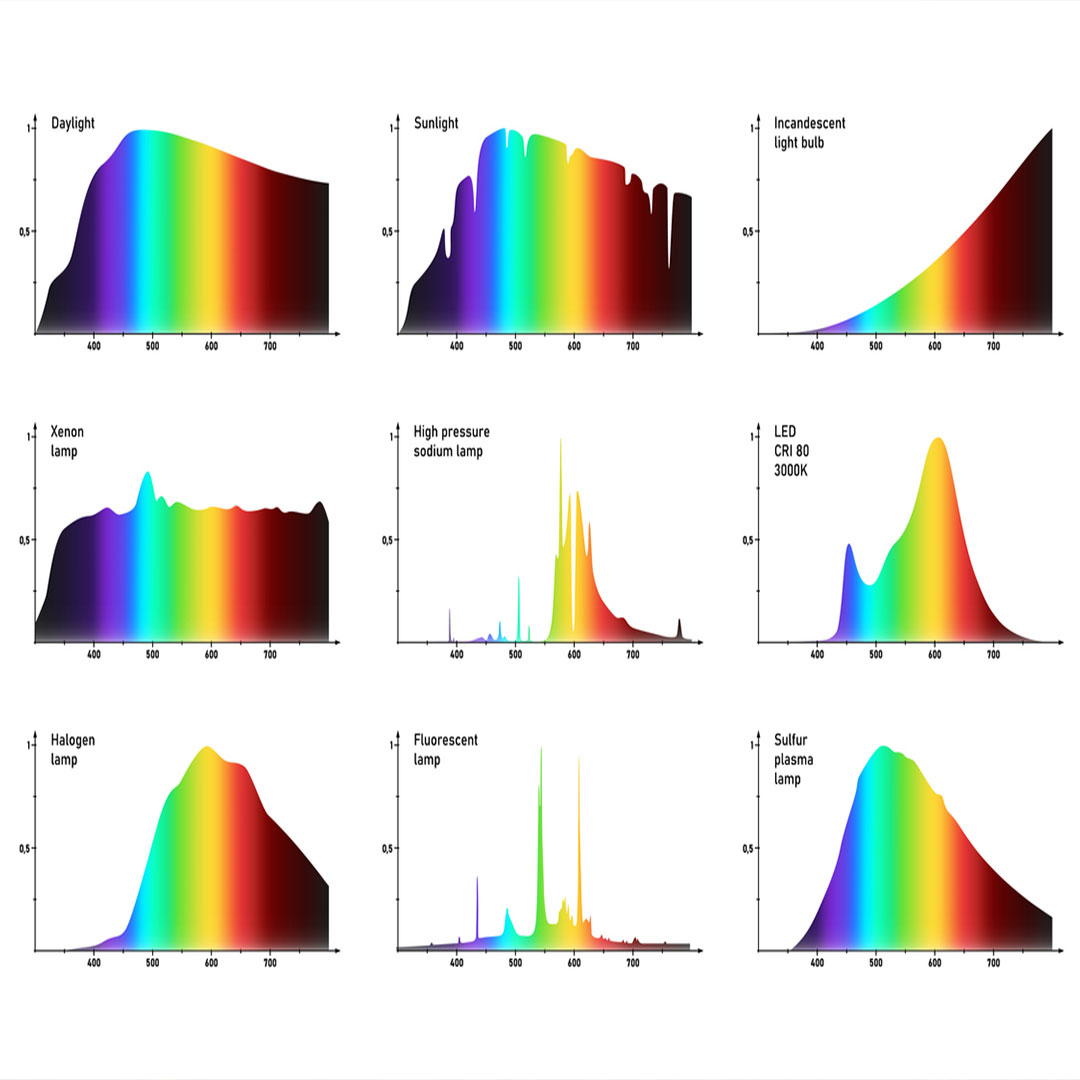
Lumens are a measurement of the intensity of a light source, whereas lux indicates the light intensity that reaches a surface, such as a table. Lux is based on human perception. We see green light ten times better than blue and red. A high lux number indicates a lot of green light is hitting the surface. In contrast, only low lux levels are specified for a high blue or red light component. However, since plants don’t care much about green light, we should focus on how they process blues and reds.
PAR stands for photosynthetically active radiation, which occurs when plants convert light energy into chemical energy during photosynthesis. The complete color spectrum of visible light and a portion of infrared and ultraviolet light is tested with PAR devices. This way you can find the exact spectrum of light your plants can utilize.
Why is Lux so common in the plant community?
Quite simply, lux meters are cheaper than PAR meters, so people more often reach for lux meters, but unfortunately, this isn’t the most accurate and can often lead to a plant getting the wrong type of light.
Photosynthesis in plants occurs at wavelengths ranging from about 400 to 770 nm. With its integrated PAR sensor, the FYTA Beam measures the number of particles arriving in exactly this range per unit of time. This is vital to know if your plant is getting enough light at its location for optimal growth.
The quality of the light spectrum has a major effect on photosynthesis rates and the growth habits. Depending on the plant species, the response of the growth habit varies.

